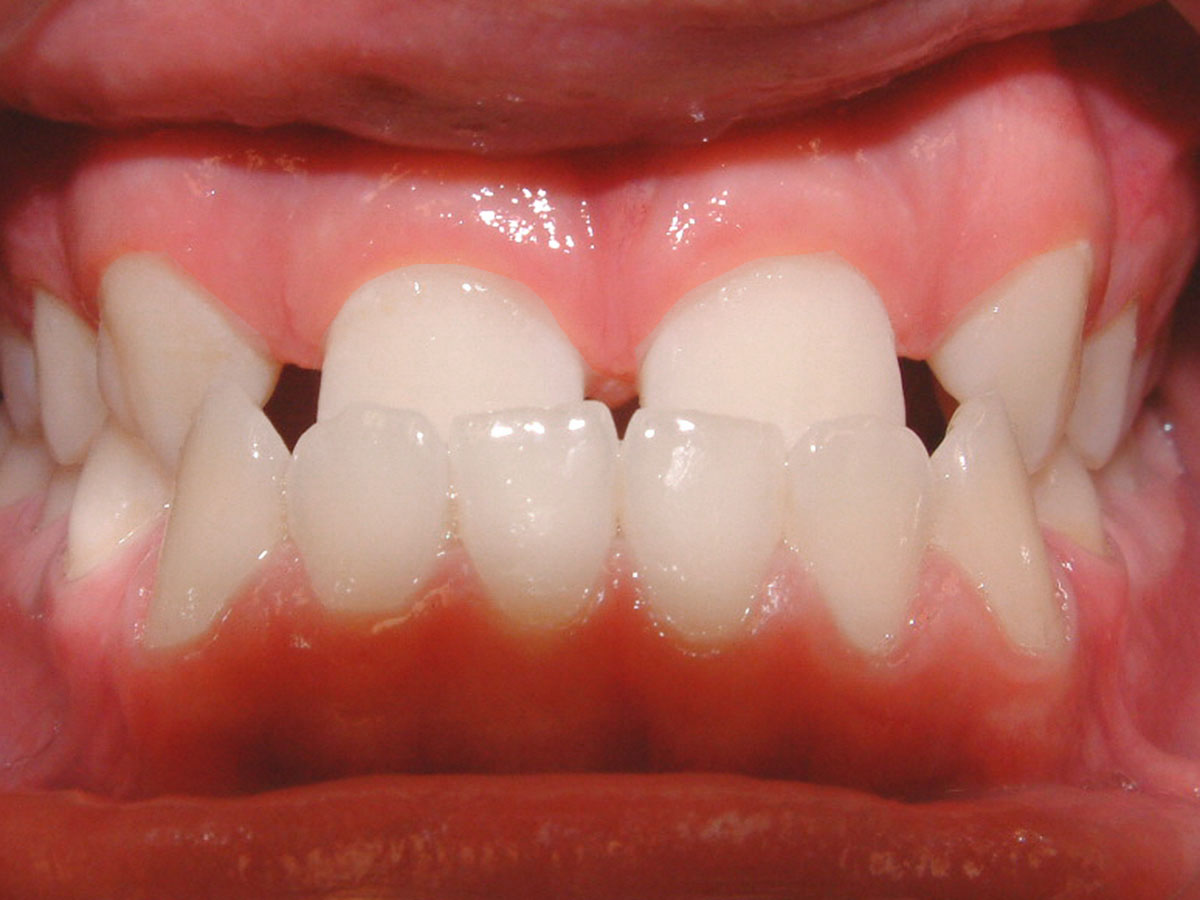Under-bite describes where the teeth in the lower jaw come to rest in front of the teeth in the upper jaw when the teeth come together. It’s opposite to an over-bite, which is perfectly normal if not increased as your two front teeth should normally rest over the top of your lower teeth.
Technically the terms 'overjet' or 'underjet' refer to the extent to which one set of teeth come to rest either in front of or behind the other set. Under-bite is also sometimes referred to as 'reverse overjet', or 'mandibular prognathism'.
Under-bite is a relatively uncommon condition and is generally inherited. Only about 10% of people have an under-bite. However, it can cause other problems such as jaw pain (TMJ), tooth wear and difficulty biting and chewing when eating, and teeth can rotate or become angled as the mouth adapts to the under-bite.
With an under-bite, the earlier this is detected the better, and ideally before the age of eight, as orthodontic treatment before this age allows the jaws, which are still developing, to be encouraged to form the right way. Alternatively, under-bite can be treated with braces in later life. In more severe cases, surgery may be required to reposition the jawbone.

